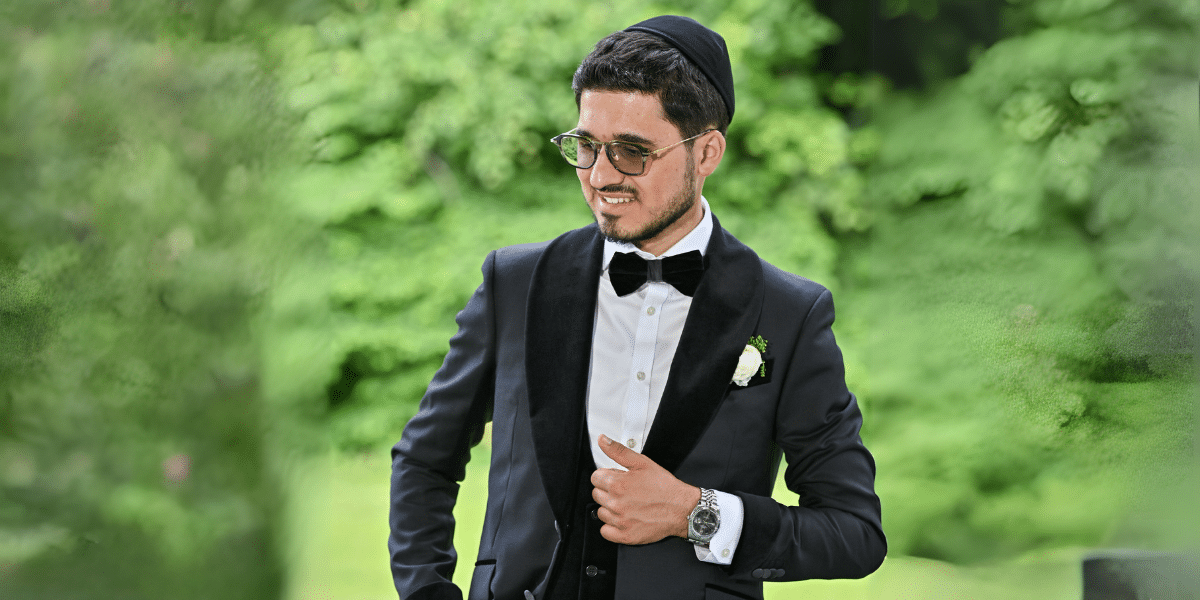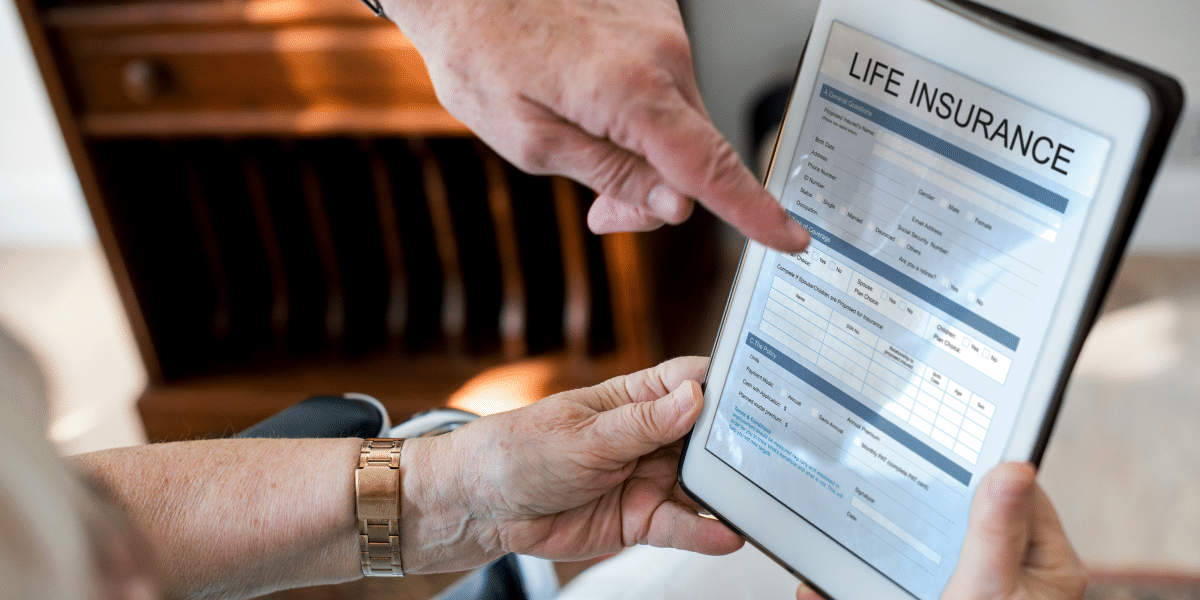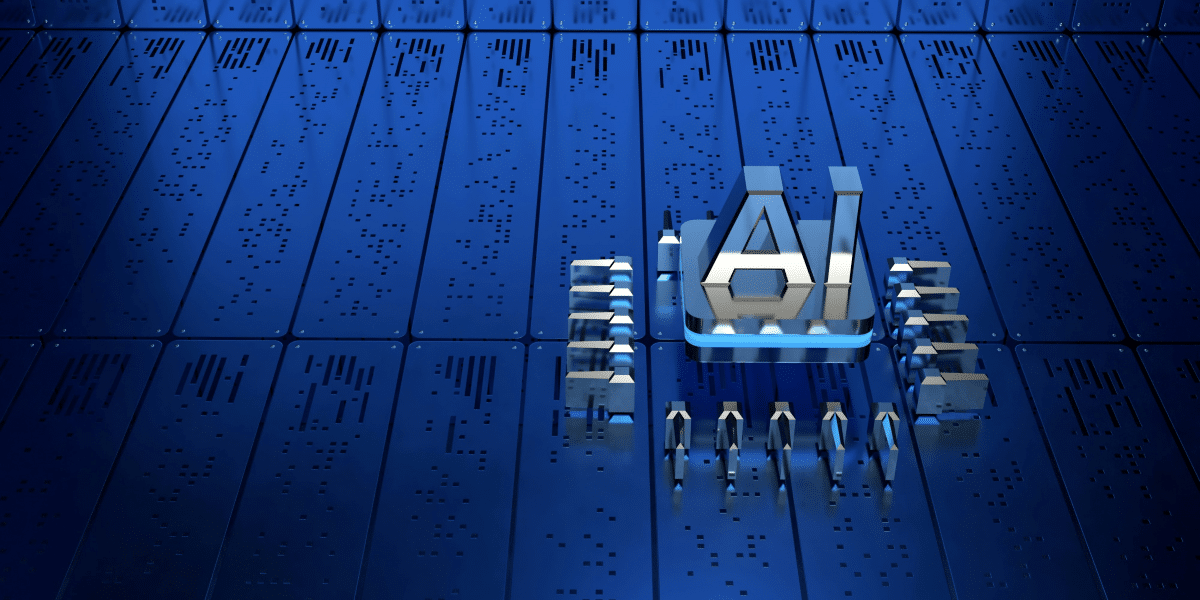Does Red Light Therapy Clear Scars?
Red light therapy (RLT) may help reduce the appearance of scars by supporting healing and reducing inflammation. It has been shown to stimulate collagen production, which is crucial for skin repair and elasticity and improves circulation, enhancing nutrient delivery to the scarred area. Although RLT shows promise in diminishing the visibility of scars, its effectiveness can vary based on scar type, age, and individual skin response. For optimal results, consistent use over several weeks or months is often necessary.
Benefits of Red Light Therapy for Scars
Some benefits of red light therapy for scars may include;
- Stimulating collagen production: May help rebuild skin structure, potentially improving elasticity and reducing the appearance of scars.
- Enhancing blood circulation: Boosts nutrient and oxygen supply to scar tissue, promoting faster healing.
- Reducing inflammation and redness: Minimizes swelling and discoloration, making scars less prominent.
- Improving skin texture and tone: Smooths and evens out the skin, aiding overall appearance.
- Supporting faster healing: May assist the body’s natural healing processes, though the speed of scar recovery varies.
How to Use Red Light Therapy for Scars
To use red light therapy (RLT) for scars effectively, follow these steps:
- Clean the area: Ensure the scarred area is clean and free of any lotions or oils.
- Position the device: Hold or place the RLT device close to the skin, about 1-2 inches away from the scar.
- Duration: Use the device for about 10-20 minutes per session, depending on the manufacturer’s recommendations.
- Frequency: Start with 3-4 sessions per week, gradually increasing to daily use if your skin tolerates it well.
- Consistency: Maintain a regular schedule for several weeks or months, as some users report visible improvements, though individual results may vary.
- Safety: Wear protective goggles if the device emits bright light, and avoid looking directly at the light source.
- Monitor progress: Keep track of changes in the scar’s appearance and adjust the treatment frequency if needed.
- Consult a professional: Seek advice from a medical provider to ensure RLT is appropriate for your specific scar type and skin condition.
Side Effects of Red Light Therapy for Scars
Red light therapy (RLT) is generally considered safe, but some individuals may experience side effects:
- Skin irritation: Redness, itching, or a rash can occur, particularly in sensitive skin types.
- Dryness: Repeated exposure may cause the treated area to become dry or flaky.
- Temporary discomfort: Mild pain or discomfort can happen during or after treatment.
- Eye strain: Exposure to bright light may lead to eye strain or discomfort; wearing protective goggles is recommended.
- Photosensitivity: Some users may experience increased sensitivity to sunlight.
- Delayed results: It may take weeks or months to see noticeable improvements, leading to impatience or overuse.
- Worsening of skin conditions: Existing skin conditions may be aggravated in rare cases. It’s crucial to monitor your skin and consult a healthcare provider if any worsening occurs.
- Burns: Overuse or improper use can lead to burns, especially if the device is too close to the skin.
This article was first published on 369 Wellness Center. Visit the website for more information on Red light therapy. 369 Wellness Center is a holistic health facility dedicated to providing non-invasive treatments aimed at improving overall well-being. The center is committed to integrating advanced technologies like red light therapy to help clients achieve optimal health outcomes.
Published by: Khy Talara










